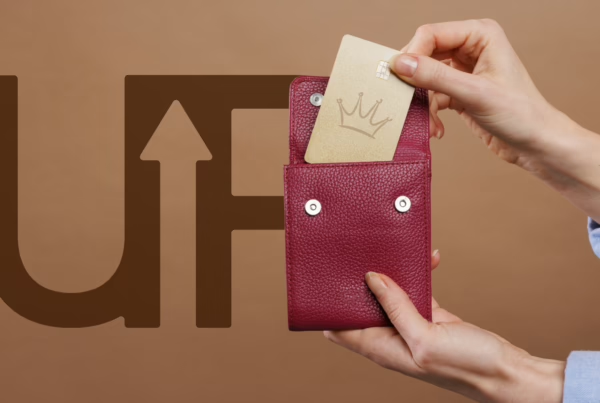
Smart design changes how customers think, feel and act.
There is a reason companies like IKEA and Apple are so successful: smart design that moves customers to collect and spend. The late Apple co-founder Steve Jobs said, “Design is not just what it looks like and feels like. Design is how it works.” But why do some designs move us more than others? Learn why people pick products and improve your business:
Collecting: Design for the Long-term
Sports memorabilia, trading cards and NFTs prove that people still crave collecting in the 21st century. These items draw attention, in part, because they allow buyers to personalize with their creative designs. As examples, an NFT purchaser could adore a certain Bored Ape Yacht Club image, and a Pokémon collector might want a Pikachu card based on their nostalgia.
So, it’s vital that a business considers whether their audience desires an item that elicits fandom. At Tru, we partnered with Veteran Services USA to provide fans a chance to collect a card while supporting US Veterans. This gives buyers an added incentive to make purchases through a Tru program. Further, the program gave VSUSA access to Tru designers who brought their ideas to collectible life.

Collectibles, like these hockey cards from Tim Hortons, influence customer thinking by presenting a fresh product.
Value: Design for Choice
Smart design increases a product’s appeal and this can happen consciously or non-consciously. For instance, someone looks at a Lamborghini sports car and says, “That is a beautiful design!” Yet that person may enter an IKEA and purchase a couch without considering how the store’s layout influenced them. To explain consumer choices, Dr. David Hirshleifer blends psychology and financial decisions. He says people, in his case investors, rarely reflect on the underlying psychological factors influencing them.
“Overconfidence and the psychological mechanisms that maintain self-esteem can explain trading aggressiveness and patterns of overreaction and underreaction in stock prices.“
Dr. David Hirshleifer,
Behavioral Finance
Companies can use insights like these to design products, brands, store layouts and web presences. For example, an advertiser who sees that stocks are rising may increase their spending on real estate promotions. This could motivate over-confident investors to spend on properties they do not need or cannot afford. We know this is how design influences customer thinking.
Membership: Design for Belonging
For the Australian Psychological Society, Dr. Kelly-Ann Allen explains belonging is a fundamental desire in human societies. Additionally, she argues that our fundamental human need to connect with others has roots in the social structures of ancient hunter-gatherer societies. For instance, an individual rejected by their group in 30,000 BC would struggle to hunt and forage alone.
Today, most people in developed countries only hunt as a hobby. But we still want to build relationships and craft personal identities. For businesses, this presents an opportunity to limit access to products. One example is Costco, a company who demands customers have an annual membership to buy goods. This creates a sense of exclusivity for those with memberships. Moreover, designing items that captivate—like cheap hot dogs—enhances the customer experience and entices members to continuously renew their card. The exclusive perks allow members to feel a sense of accomplishment.
Start designing your custom loyalty program today.




 Junius Cheng
Junius Cheng  Nikko Pangilinan
Nikko Pangilinan Jamie Rust
Jamie Rust Lisette Anciaes
Lisette Anciaes Roy Murad
Roy Murad Huguette Masse
Huguette Masse Mira Tzur
Mira Tzur Chris Michaelis
Chris Michaelis Diana Marie
Diana Marie Lauren Weekes
Lauren Weekes Dianne Dickens
Dianne Dickens Aysha Shahid
Aysha Shahid Ray Forzley
Ray Forzley